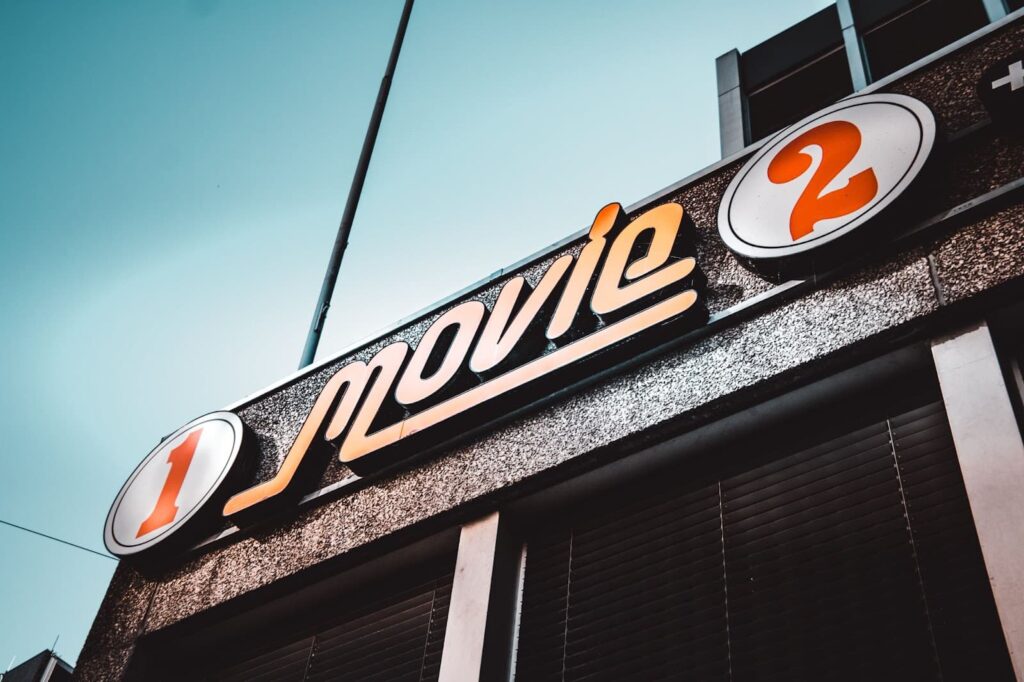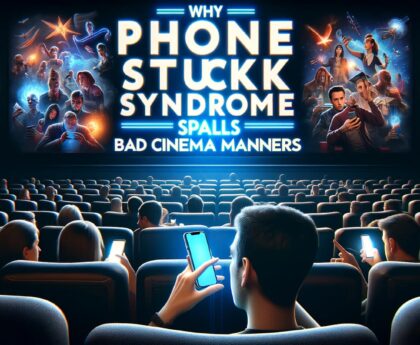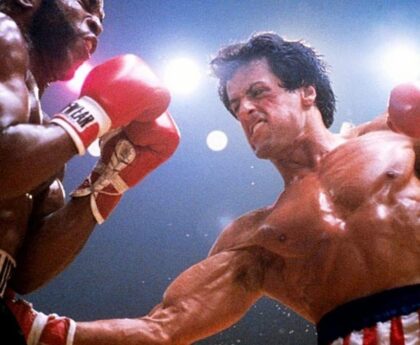The growth of American film is a remarkable story of innovation, reflecting the country’s evolving cultural landscapes and technical breakthroughs. From the early 1900s’ flickering silent films to the stunning digital effects of the twenty-first century, the silver screen has been a mirror to society’s ambitions, anxieties, and aspirations.
The Silent Era and the Birth of Hollywood
The silent film period arose at the turn of the twentieth century, distinguished by its absence of synchronized sound and dependence on exaggerated emotions and title cards. These silent films established the groundwork for the narrative and visual approaches that would come to dominate filmmaking. During this time, Hollywood rose to prominence as the hub of the film business, with firms such as Warner Bros. and Paramount Pictures becoming household names.
The Golden Age of Hollywood
The 1930s to the 1950s marked the Golden Age of Hollywood, a time when the studio system reigned supreme. This era saw the advent of synchronized sound, known as “talkies,” which transformed the film experience. The period was known for its lavish musicals, gritty film noirs, and epic historical dramas. Legends like Humphrey Bogart, Marilyn Monroe, and Elizabeth Taylor became icons, embodying the glamour of the American film industry.
Technicolor and Cinemascope
The introduction of Technicolor brought films to life in vivid color, while innovations like Cinemascope expanded the aspect ratio, creating wide, immersive screens that enhanced the cinematic experience. These technological advancements opened new vistas for storytelling and visual artistry, making cinema a more engaging and emotive form of entertainment.
The dawn of Technicolor and the advent of Cinemascope marked a renaissance in cinematic technology, profoundly altering the landscape of film production and audience experience in several key ways:
- Vibrant Storytelling: Technicolor revolutionized the visual narrative, allowing filmmakers to use color to convey mood, emotion, and symbolism, enriching the storytelling palette.
- Spectacular Vistas: Cinemascope’s wider screens brought sweeping landscapes and grandiose set pieces to life, making genres like Westerns and epics more visually spectacular.
- Audience Immersion: The combination of color and wide-screen formats offered audiences an unprecedented level of immersion, making the cinema experience more compelling and theatrical.
- Creative Innovation: These technologies spurred creative innovation among directors and cinematographers, who experimented with new techniques to make the most of the expanded visual canvas.
- Cultural Impact: Technicolor and Cinemascope also influenced cultural perceptions of cinema, elevating films from simple entertainment to a more respected and influential art form.
The New Hollywood and Auteur Cinema
The late 1960s and 1970s gave rise to the New Hollywood era, where a new generation of filmmakers, such as Francis Ford Coppola and Martin Scorsese, brought a renewed sense of creativity and social commentary to American films. This period also saw the rise of auteur cinema, with directors taking on greater creative control and imprinting their personal styles and visions onto their films.
Blockbusters and the Franchise Era
The concept of the summer blockbuster was born with the release of films like “Jaws” and “Star Wars” in the 1970s. These movies set the stage for the franchise era, where high-concept films with mass appeal became the focus of the industry. This shift also saw the growth of special effects, with computer-generated imagery (CGI) becoming an essential tool for filmmakers.

Independent Films and Sundance
Parallel to the big studio productions, the independent film movement gained momentum in the late 20th century, championed by the Sundance Film Festival. Filmmakers outside the studio system began to find an audience for more personal, offbeat stories. This movement gave rise to directors like Quentin Tarantino and films that would challenge and expand the language of American cinema.
The Digital Revolution
The turn of the millennium brought the digital revolution, which has perhaps been the most transformative period in the history of cinema. Digital cameras and editing software democratized filmmaking, making it more accessible than ever before. The digital projection has replaced traditional film reels, and streaming services have begun to challenge the theatrical distribution model.
Diversity and Representation
In recent years, there has been a growing emphasis on diversity and representation in American cinema. Movements like #OscarsSoWhite have prompted the industry to re-evaluate its practices, leading to a broader range of stories and perspectives being represented on the screen.
The Impact of the Internet and Streaming
The internet and streaming services have radically altered how audiences consume films. Platforms like Netflix, Amazon Prime, and Disney+ offer vast libraries of content at the click of a button, leading to changes in viewing habits and a push towards original content by these services.
Conclusion
From silent films to streaming services, American cinema has constantly altered itself to fit technical and cultural zeitgeists. It has been a voyage of artistic inquiry and expression, demonstrating the country’s brilliance and originality. As American film evolves, it remains a strong narrative medium with the capacity to influence and inspire future generations.




